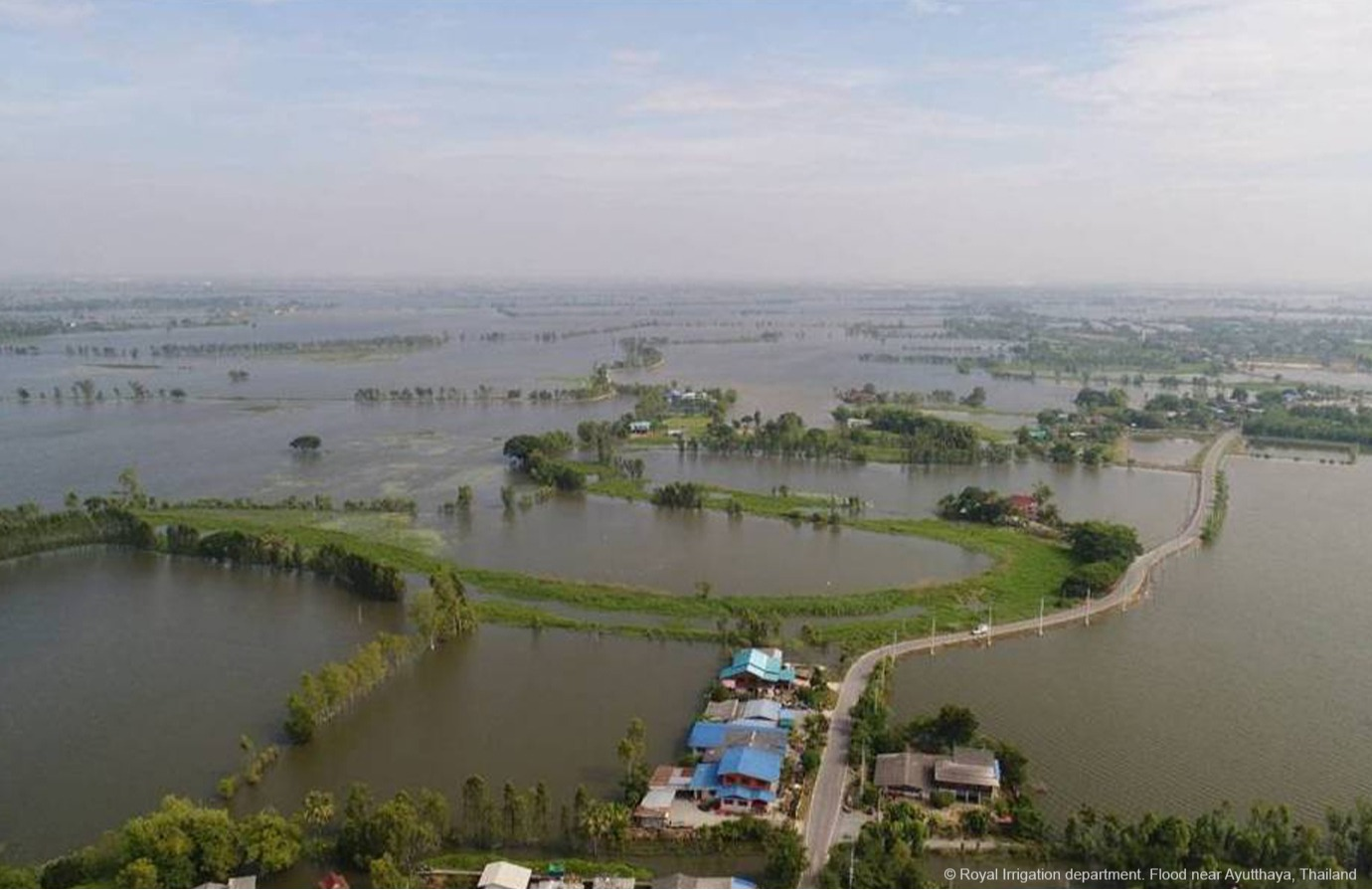Topic outline
This course is part of a series which introduces the FAO damage and loss methodology, developed to support countries to generate precise and holistic data for the agricultural sector, in response to climate- and weather-related disasters.
This course introduces the formulas which are used to compute damage and loss in the agricultural sectors (crops, livestock, forestry, aquaculture and fisheries). It then considers the data requirements and possible sources, and how the data can be used both to report on Sendai and Sustainable Development Goal (SDG) targets, and at national level.


This e-learning course targets a wide range of stakeholders, specifically:
- Policy-makers;
- Technical officers at Ministries of Agriculture;
- Statisticians;
- Analysts;
- Researchers and academics.
- The key concepts of the FAO Damage and Loss methodology – production damage, production loss and asset damage
- How these are calculated in five agricultural sectors – crops, livestock, forestry, aquaculture and fisheries
- Data requirements, sources and collection methods for calculation of damage and loss using the methodology
- The importance of institutional collaboration for data collection and analysis
- How the D&L data can be used at global level in the Sendai Framework Monitor, and to inform national level policy making and planning
The course consists of 3 lessons, ranging from approximately 30 to 50 minutes duration each
- Lesson 1 – Key features of the FAO Damage and Loss methodology
- Lesson 2 – Collecting the data
- Lesson 3 – Data analysis and reporting
The online version of this course runs on the latest versions of the major browsers, such as Chrome, Safari, Edge and Firefox.
The downloadable version only runs on Windows PC’s and no additional software is needed.
Digital certification
This course offers certification. You will get your digital badge upon passing a final exam after completing the course and achieving a grade of at least 75%. Please click on the button below to complete the exam, or refer to our Certification section to learn more.
Evaluate this course
We would be pleased to receive your evaluation of this course, to support us in improving future e-learning courses. Please click on the button below to answer the questions in the form. It should only take you a few minutes!

